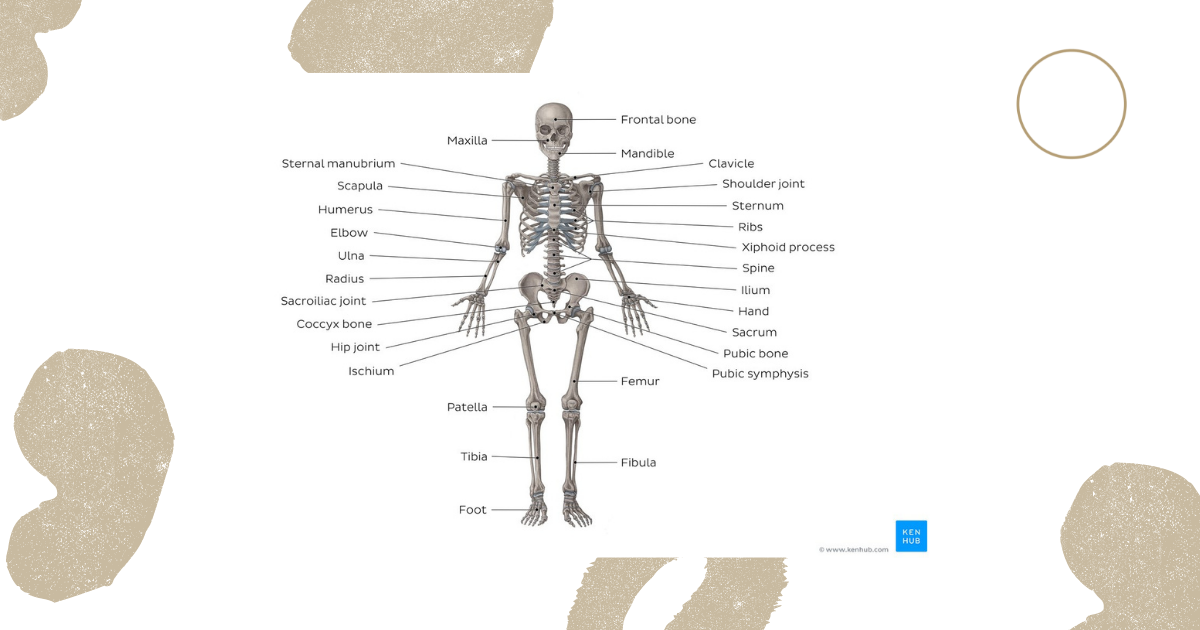Why Functional Yoga is more than Dynamic Stretching?
If you’re new to yoga you may have already got lost in the myriad of different styles, from Hatha, Vinyasa, Power, Yin the list goes on and on, so how do we know which style is the right style for us and why at OYL do we teach functional yoga?
Essentially every style has its benefits and will suit different people at different times. If you’re more active and enjoy dynamic sport such a running or cycling you may be drawn to more dynamic styles of yoga such as Ashtanga or Vinyasa. If you’re looking f0r relaxation and quiet meditative space, you may be drawn to Yin or Restorative practices.
So what is functional Yoga and why is it different?
Functional yoga blends anatomy and physiology with yogic practices painting a clear picture of how you feel in your practice. It challenges the range of movement by using a variety of techniques such a myofascial release, passive/active stretching, mobility, and stability work which allows the student to explore the function of their bodies highlighting areas that may need more attention. It can also focus on the internal landscape of the mind and body by specifically targeting the nervous system using techniques such as nerve flossing and restorative poses.
Using a combination of practices above it allows us to explore the functional alignment of our poses too. When we talk about alignment we’re not referring to aesthetics as in we’re not looking for the perfect pose, however, if we target a certain area in the body, for example, the hip I can experiment with a variety of poses by understanding how I want my hip to function in that particular pose. In Warrior B for example rather than laying into my hip joint, I can engage my hip away from my thigh to allow the action of the pose to take effect in my thigh and core rather than leaning my weight into my knee joints. A common misalignment that often occurs in this pose.
Here are my top 5 benefits why you should try Functional Yoga
1. ENDLESS BENEFITS
Having a clear understanding of how the mind and body function offers endless benefits to practicing functional yoga.
2. ACCESSIBLE TO ALL LEVELS
All styles of yoga will be accessible to most levels however, with Functional Yoga it’s easy to adopt a mixed level class as props can be used and pose alternatives can be offered. This is common in most classes however, when practicing a style such a Vinyasa a beginner may want to attend a beginner’s class first before entering a general class.
3. THE STUDENT IS ENCOURAGED TO EXPLORE
Again this is something that should happen in all yoga classes, however, in more dynamic styles you can be limited on time to really feel a pose as the style of the class is fast-paced so movement can become mindless rather than mindful. Within a functional yoga class, the teacher is always inviting the student to listen, witness, and become aware of all sensations that arise on a physical, mental, and emotional level.
4. CLASSES CAN BLEND A VARIETY OF STYLES
With an experienced teacher, you can blend many different styles of yoga into one class; for example, the class may begin with a dynamic flow which slows to a more passive yin like class depending on the theme.
5. TRAINED TEACHERS CAN WORK WITH A VARIETY OF INJURIES
Teachers trained in Functional Yoga will be well versed in anatomy and physiology and common dysfunctions in the body such as disc issues, and injuries to name a few, this means they can tailor a class to a specific audience for example athletes, back care, or even stress and anxiety.
Yoga is a huge practice that can be broken down on many levels. As we have already mentioned, depending on your motivation to practice will depend on the style of class you are drawn to. Essentially starting with functional yoga will provide you with a solid foundation you can take into any class no matter the style.
Lisa is the founder of OmShanti Yoga Living and is a Yoga Medicine Therapeutic Specialist and a registered Yoga Alliance Trainer pro. Lisa launched Jersey’s first YA Accredited 200hr Course in 2021 which is due to start in October 2021. She runs her own private studio where she sees clients on a 1-1 basis.

